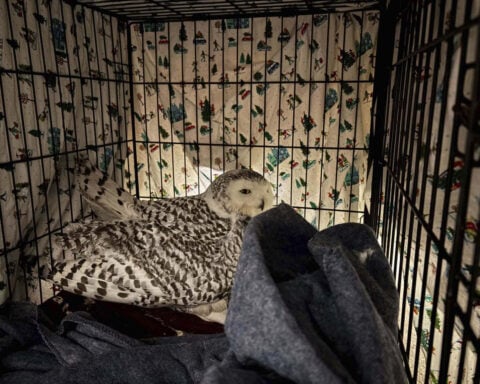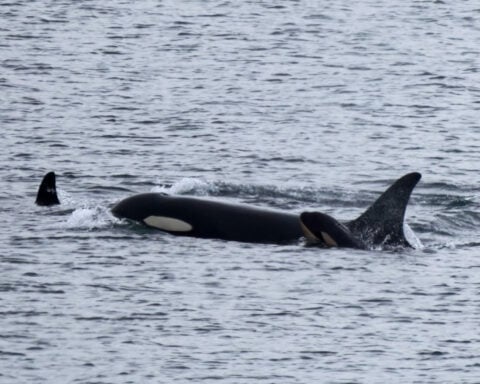Scientists are buzzing about NASA's first-ever asteroid sample from Bennu, which is turning up some surprises about how our solar system came to be. After a grueling seven-year space odyssey, OSIRIS-REx snagged the cleanest asteroid bits we've ever gotten our hands on.
Since touching down last year, the space dirt has been revealing all sorts of cosmic secrets. Before they even cracked open the main container, scientists found the lid was coated in carbon-rich stuff - the building blocks of life as we know it.
The NASA team dug deeper and found organic matter in the sample, just as they thought they might. But here's the kicker - they also found this weird magnesium-sodium phosphate that their fancy cameras totally missed when scoping out Bennu from orbit.
This curveball has got researchers scratching their heads about where Bennu really came from. UCF's Humberto Campins thinks these phosphates point to some crazy chemical cocktail in Bennu's past, possibly involving water.
Dante Lauretta from Arizona reckons Bennu might have been part of a bigger, wetter world way back when. It's a neat concept, but further investigation is necessary to confirm it.
Each week, scientists uncover astonishing new findings from the soil of Bennu, confirming their luck with this asteroid. This pristine space pebble, untouched by Earth's atmosphere, is like a time capsule from 4.5 billion years ago when everything was just getting started.
As they keep poking and prodding, scientists hope to crack some of life's biggest mysteries. These space rocks might hold the secret recipe for how water and life's building blocks wound up on Earth. Campins suggests that studying Bennu could even help bridge the gap between complex organic molecules and the first living cells, a key step in understanding the emergence of life.
Labs worldwide are getting in on the action with their own piece of Bennu. This global science party could totally change what we know about how planets and life got their start.
OSIRIS-REx accomplished its main goal, yet the compact spacecraft still has additional duties in store. The vessel has a new designation, OSIRIS-APEX, and is headed towards asteroid Apophis. In 2029, Apophis will be so close during its pass that it will be visible without needing a telescope - picture a gathering of space rocks!
As they continue to dig into the Bennu sample, scientists are piecing together the wild story of our cosmic neighborhood.

 AI is a game changer for students with disabilities. Schools are still learning to harness it
AI is a game changer for students with disabilities. Schools are still learning to harness it
 Flooding took away the love of his life after 35 years without a day spent apart
Flooding took away the love of his life after 35 years without a day spent apart
 Pakistan military court sentences 60 civilians up to 10 years in prison
Pakistan military court sentences 60 civilians up to 10 years in prison
 Lebanon hopes for neighbourly relations in first message to new Syria government
Lebanon hopes for neighbourly relations in first message to new Syria government
 Indian economy to grow at around 6.5% in FY25, government says
Indian economy to grow at around 6.5% in FY25, government says
 Futures lower in holiday-thinned trading
Futures lower in holiday-thinned trading
 KEEPING THE SPIRIT ALIVE: Man’s family shows off century-old Christmas tradition
KEEPING THE SPIRIT ALIVE: Man’s family shows off century-old Christmas tradition
 What is known about a plane crash in Kazakhstan that killed 38 of 67 people on board
What is known about a plane crash in Kazakhstan that killed 38 of 67 people on board
 These undersea tunnels connect remote islands halfway between Iceland and Scotland
These undersea tunnels connect remote islands halfway between Iceland and Scotland
 Getty Images
Getty Images






